Mitchell (Mitch) Heinzeroth joined SageRiver last year as a consultant. With years of executive-level retail experience, he knows how to bridge the gap between strategy and operations. He also knows what it feels like to hang upside down on a rope more than 700 feet in the air. We sat down with Mitch this month to talk about what he learned at Target Corp.’s top-performing store, his passion for leading teams and his excitement about joining SageRiver.
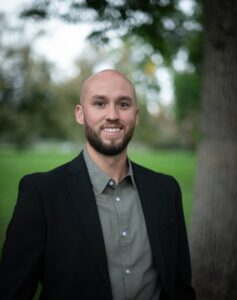 SageRiver (SR): Tell me about the role you have at SageRiver. What is your focus?
SageRiver (SR): Tell me about the role you have at SageRiver. What is your focus?
Answer: I joined SageRiver last year, and my first engagement was with the Family Intercultural Resource Center (FIRC) in Summit County. They retained SageRiver to provide strategic planning services to help them address rising food and housing costs for residents. Stakeholder engagement was an important part of the project because FIRC wanted to develop transformative strategies and partnerships to solve complex, systemic challenges. I interviewed and conducted numerous focus groups with a range of stakeholders, and we synthesized and reported those findings as the foundation for our strategic planning work. SageRiver has always been at the forefront of new thinking and methodologies, and, with my unique background, I bring additional diversity to the team. My hope is to contribute fresh insights and approaches to delivering top-notch work to our clients.
SR: You bring retail leadership experience to SageRiver. Over your six years with the Target Corp., what were your standout experiences or achievements?
A: I was very lucky to work at the No. 1 store in the country for five of the six years I was with Target. It was a massive operation that employed anywhere from 300 to 450 team members at a time, depending on the season. There are accomplishments I am proud of but never expected, such as becoming a district subject matter expert in reverse logistics. My fulfillment role also gave me the opportunity to build a business that grew from just under $3 million to almost $13 million in three years.
Most of all, however, I learned about building teams and developing people. It’s something that gives me joy. Retail operations employ people from all walks of life and every educational and experience level. It’s a fast-paced business, and you need to connect with people quickly, understand what motivates them and create a team environment that encourages everyone to push for success. It’s challenging but fun.
Working for Target also helped me become a better problem-solver. Nothing works as quickly as retail. The challenges you’re presented with every day need immediate remedy. I learned to look at problems from a bird’s-eye view so I could see immediate solutions, but also pursue longer-term fixes within systems over time.
SR: You worked for Target Corp. during the pandemic. How did you lead your team through that experience?
It was difficult. As a large corporation and retailer, Target had responsibility for millions of employees and guests. The government considered us an essential business, so we stayed open throughout the pandemic. The corporation provided policies and procedures that we then implemented in our stores, but we also had to understand the fears and individual circumstances of our team members and guests. Especially at the beginning, most employees and guests were afraid of the unknown—of what it meant to get sick—and didn’t want to step within 10 feet of someone else, but they still needed an income, work, or the essentials to live during lockdown. As an executive team lead, my role was to make adjustments to the extent I could, consider their individual feelings and concerns but still run the business. I tried to always stay positive for the team and keep us moving forward.
SR: What excites or interests you most about your new role at SageRiver?
A: It’s exciting to be asked to strategize the future with an organization. Many of SageRiver’s clients are nonprofit or government organizations, and they make a huge difference in their communities. I’m VERY excited to be part of enlarging their impact even further. The leaders we’re engaging are invested in the process of change and in looking deeply at systems and opportunities for transformation. We’re building change with them, and that’s exciting.
SR: What is your philosophy of customer or client service?
A: In retail, I learned that treating everyone with genuine respect, honesty and a welcoming attitude is critical. Kindness also goes a long way. Those lessons apply to consulting as well, but I’d add that engaging people in envisioning and working toward a better future is also key. That’s what SageRiver is known for—and it’s how we help organizations transform and grow. We’re hired to help make an impact—and it needs to be an impact our clients embrace and own.
SR: What do you enjoy outside of work?
A: I’ve got a wonderful fiancé and two dogs, and any time I can spend with them and my family and friends is time well spent. I’m also a Broncos fan, which has been rough over the past few years. I also love riding my Peloton, and I ran the Colfax Half Marathon this spring. I’ve taken up golf as well, and I compete in fantasy football.
SR: What’s something about you that people might not know?
A: I bungee-jumped off one of the top 10 “legal” bungee jumps in the world (Bloukrans Bridge in Tsitsikamma, South Africa). I’m also an avid Garmin watch user. In my lifetime of wearing it, I have 32 million steps—or 16,337 miles—tracked on Garmin.


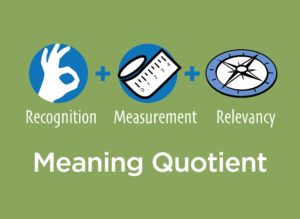 Without question, COVID-19 has caused tremendous loss and hardship in our community. We don’t want to minimize those difficulties, but we can appreciate the lessons this challenging period offers for us.
Without question, COVID-19 has caused tremendous loss and hardship in our community. We don’t want to minimize those difficulties, but we can appreciate the lessons this challenging period offers for us. Measurement: Driving Learning and Growth
Measurement: Driving Learning and Growth Nancy Lublin has a secret power. A serial entrepreneur, she launched Dress for Success immediately after college. Today, the nonprofit operates in 25 countries, providing professional clothing, coaching and support to more than one million women.
Nancy Lublin has a secret power. A serial entrepreneur, she launched Dress for Success immediately after college. Today, the nonprofit operates in 25 countries, providing professional clothing, coaching and support to more than one million women. We Do It on Principle. Principled organizations have done the hard work of defining their vision, mission, and values, engaging employees in strategy, and instilling professional practices. Along the way, these organizations gather input from partners, vendors, and customers to ensure buy-in and strategic alignment. You know what to expect from these companies because they deliver consistently, time after time.
We Do It on Principle. Principled organizations have done the hard work of defining their vision, mission, and values, engaging employees in strategy, and instilling professional practices. Along the way, these organizations gather input from partners, vendors, and customers to ensure buy-in and strategic alignment. You know what to expect from these companies because they deliver consistently, time after time.
 At SageRiver, we harness the power of mindfulness in team strategy, as well as executive coaching, sessions. We often begin our sessions with a mindfulness exercise to help participants let go of whatever stresses or demands they experienced that day. By grounding them in the moment and encouraging them to observe, welcome and honor thoughts and feelings, we set the tone for the work to come.
At SageRiver, we harness the power of mindfulness in team strategy, as well as executive coaching, sessions. We often begin our sessions with a mindfulness exercise to help participants let go of whatever stresses or demands they experienced that day. By grounding them in the moment and encouraging them to observe, welcome and honor thoughts and feelings, we set the tone for the work to come.
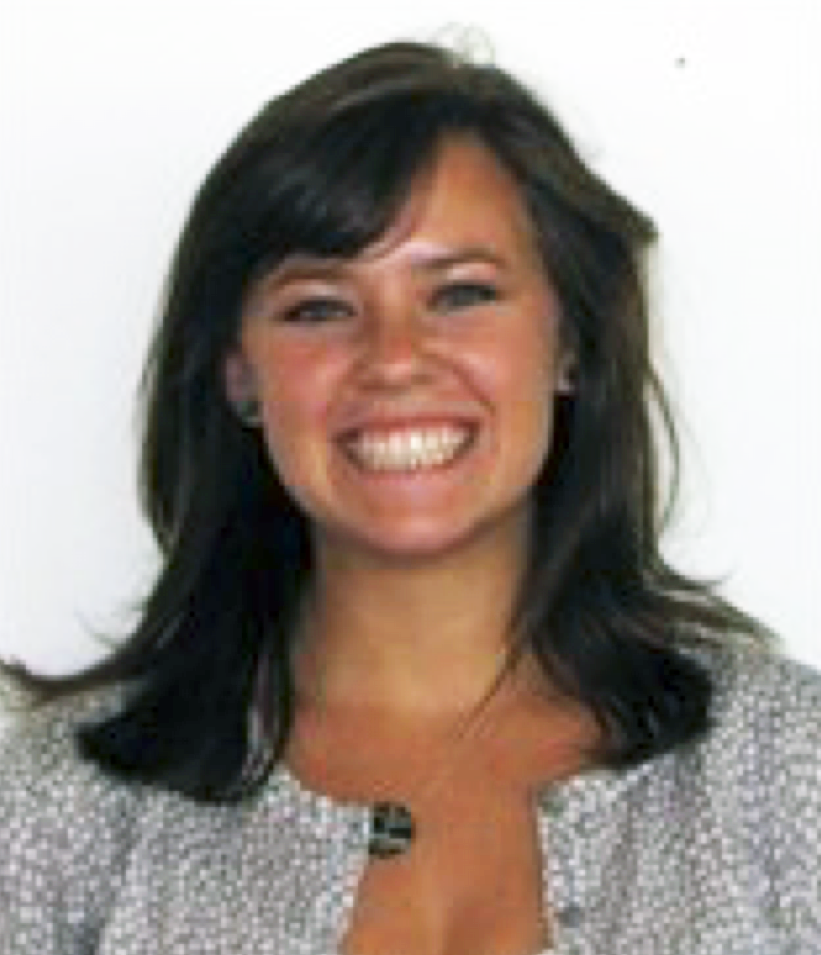 The year was 1979. In a basement in Madison, Wisconsin, an unknown software engineer named Judith Faulkner decided to launch a business. She had a novel idea, but the road ahead was uncertain. Her goal was to develop software that would enable healthcare providers to improve patient care.
The year was 1979. In a basement in Madison, Wisconsin, an unknown software engineer named Judith Faulkner decided to launch a business. She had a novel idea, but the road ahead was uncertain. Her goal was to develop software that would enable healthcare providers to improve patient care.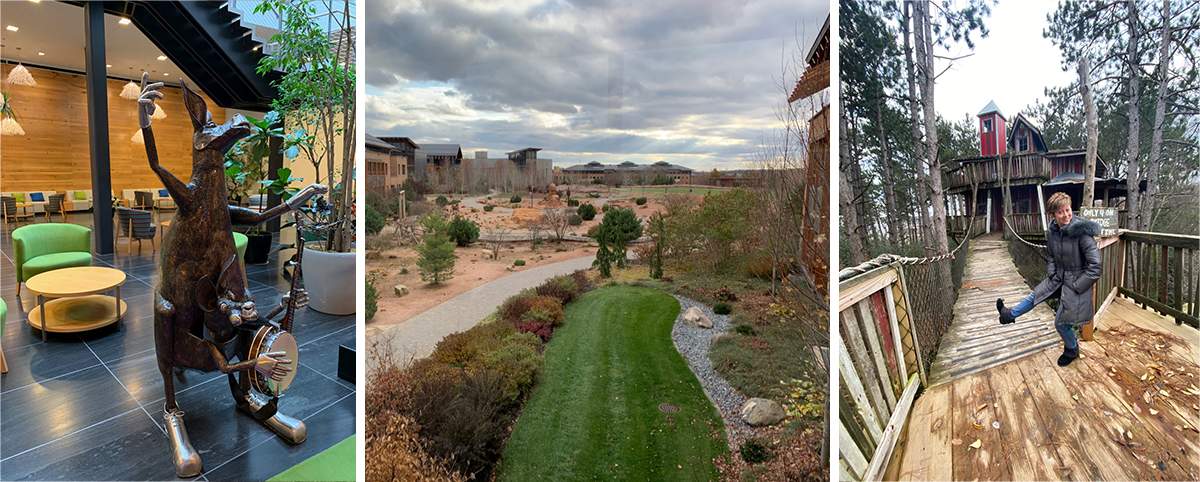

 The sheer face of Half Dome loomed over us. We’d arrived at Yosemite Park just a few weeks after a woman fell to her death summiting the peak. Already wary of heights, I wasn’t sure I should attempt the entire climb, but I decided I would go as far as I could, understanding my own limitations.
The sheer face of Half Dome loomed over us. We’d arrived at Yosemite Park just a few weeks after a woman fell to her death summiting the peak. Already wary of heights, I wasn’t sure I should attempt the entire climb, but I decided I would go as far as I could, understanding my own limitations.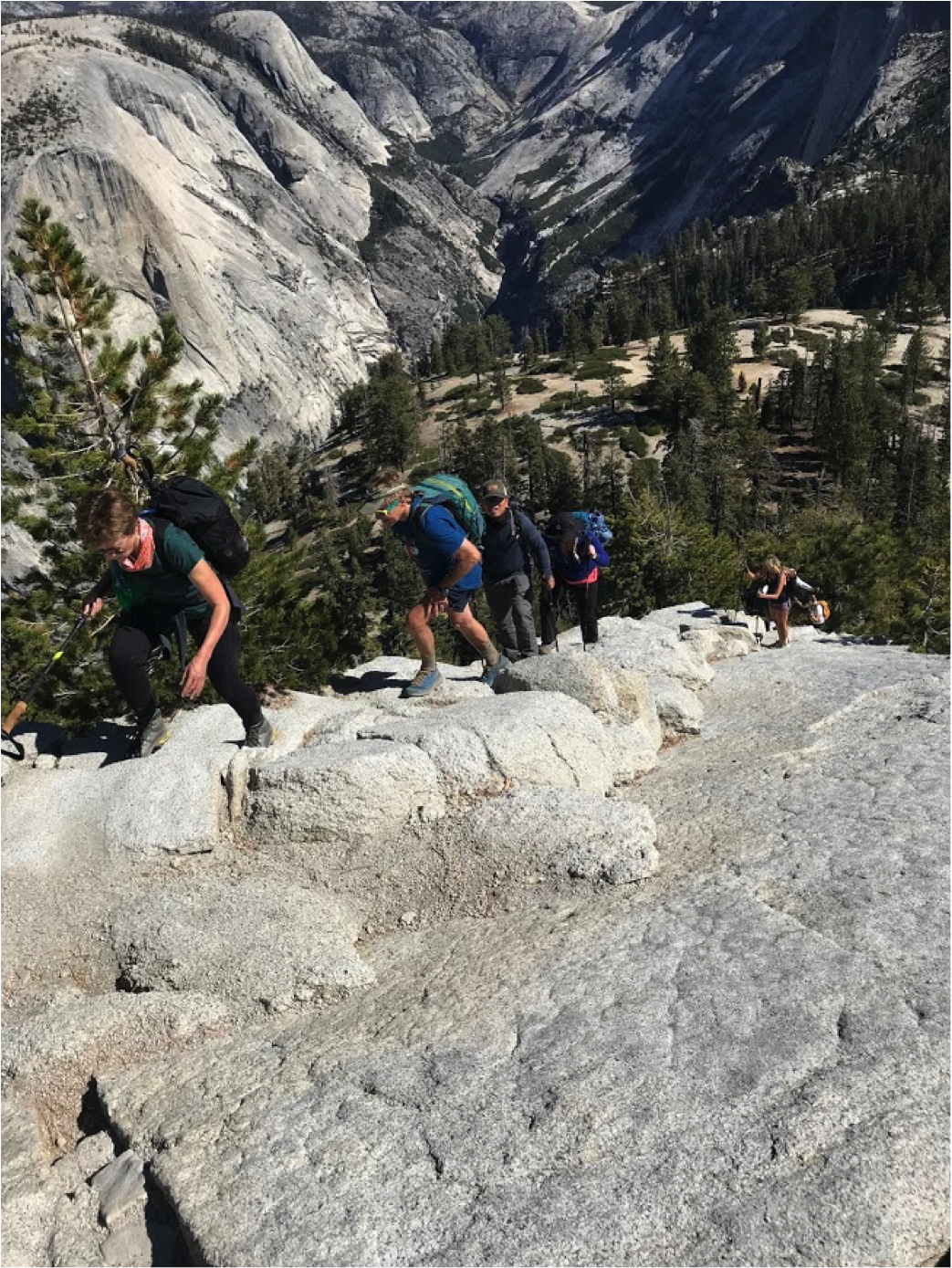 We’d been planning the trip for almost a year, and I’d been inspired by photos taken from Half Dome’s summit. I’d also read about the final 500-foot ascent, which requires climbers to cling to steel cables as they scale the face. Almost 300 people have been injured on Half Dome in the past 15 years, and the National Park Service warns that only experienced hikers should climb it.
We’d been planning the trip for almost a year, and I’d been inspired by photos taken from Half Dome’s summit. I’d also read about the final 500-foot ascent, which requires climbers to cling to steel cables as they scale the face. Almost 300 people have been injured on Half Dome in the past 15 years, and the National Park Service warns that only experienced hikers should climb it.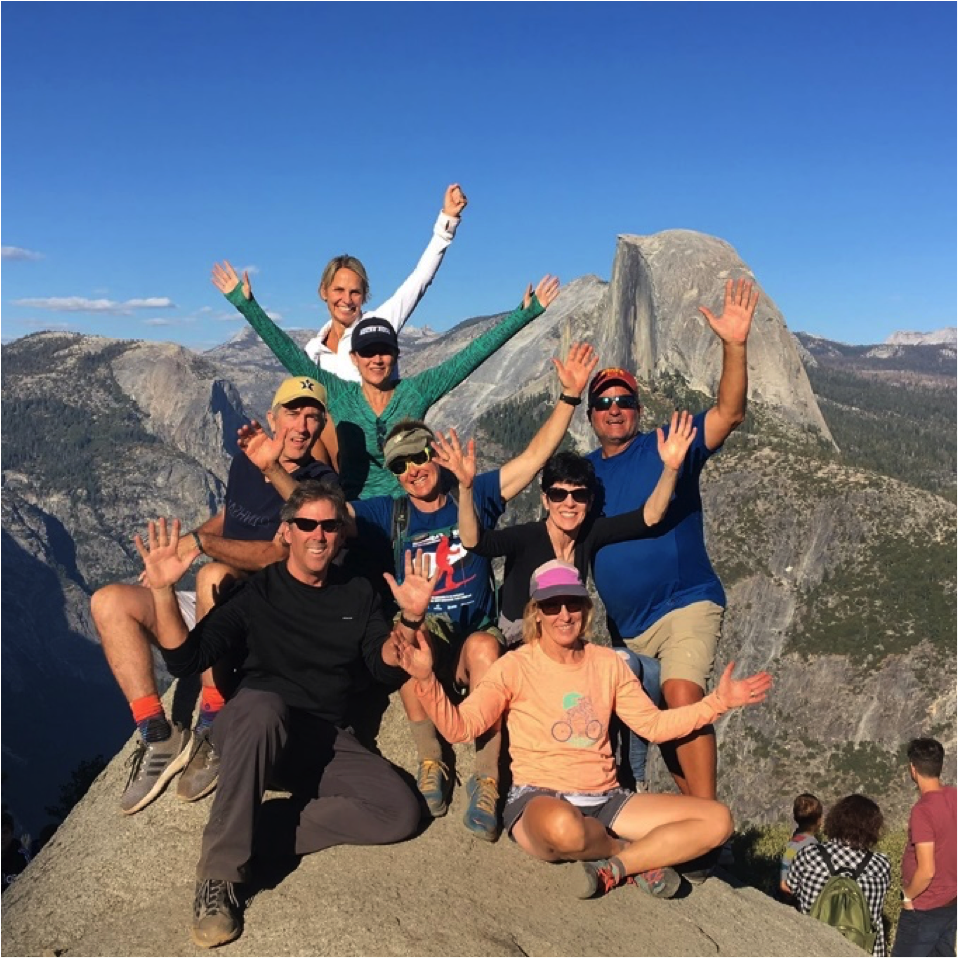 So often, we think of adventures as risky leaps into the unknown. What my trip reminded me was that adventures come in all shapes and sizes, and we can scale them to our needs, resources, skills and conditions. In the end, adventures require equal parts head and heart—what I call “smart courage”—to challenge us without harming us.
So often, we think of adventures as risky leaps into the unknown. What my trip reminded me was that adventures come in all shapes and sizes, and we can scale them to our needs, resources, skills and conditions. In the end, adventures require equal parts head and heart—what I call “smart courage”—to challenge us without harming us.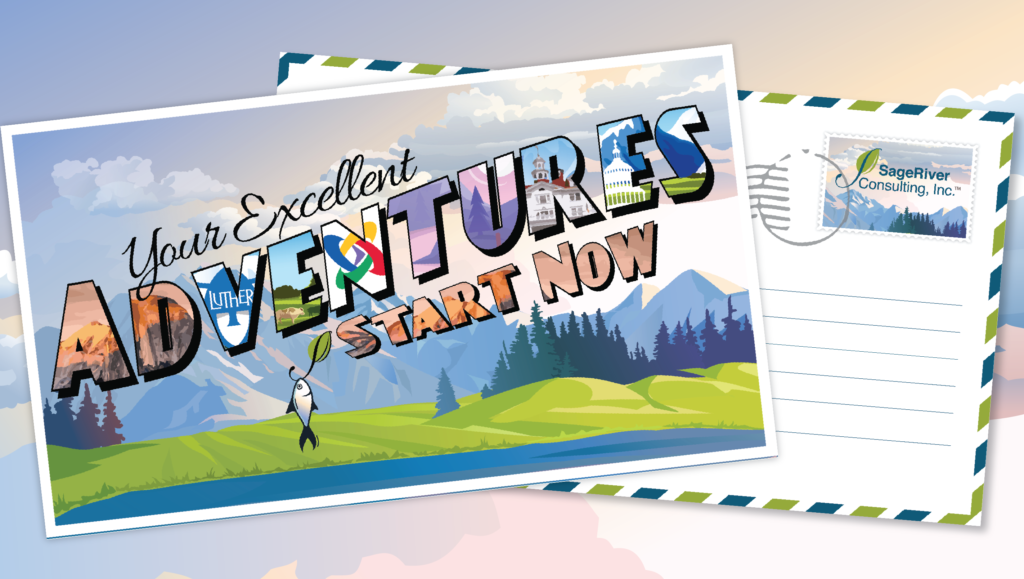 I watch “The Wizard of Oz” now and again. Magical and wise, it always pulls me under its spell. I feel Dorothy’s yearning to fly over the rainbow, and when she opens the door from her black-and-white house to technicolor Oz, wonder ensues.
I watch “The Wizard of Oz” now and again. Magical and wise, it always pulls me under its spell. I feel Dorothy’s yearning to fly over the rainbow, and when she opens the door from her black-and-white house to technicolor Oz, wonder ensues.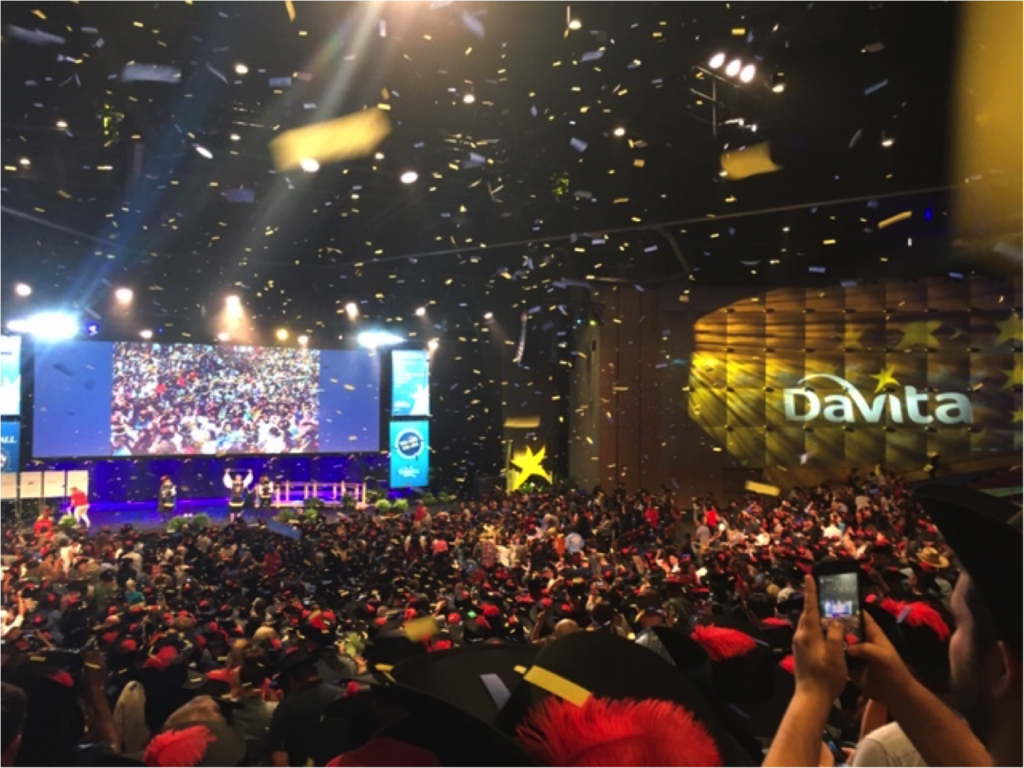 The excitement grew as employees flipped the posters to reveal six winning words and then placed them in a new order. When the audience realized the words formed the acronym “WE CARE,” they rose for a thunderous ovation.
The excitement grew as employees flipped the posters to reveal six winning words and then placed them in a new order. When the audience realized the words formed the acronym “WE CARE,” they rose for a thunderous ovation.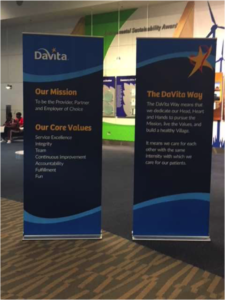 Why does defining behaviors matter? Because the workplace today includes five generations working across time zones and cultures at a faster pace than ever. Given those factors, employees may understand company values differently without even realizing it. By tying values to specific actions, companies like DaVita help develop a shared understanding that allows teammates to better accomplish their purpose.
Why does defining behaviors matter? Because the workplace today includes five generations working across time zones and cultures at a faster pace than ever. Given those factors, employees may understand company values differently without even realizing it. By tying values to specific actions, companies like DaVita help develop a shared understanding that allows teammates to better accomplish their purpose.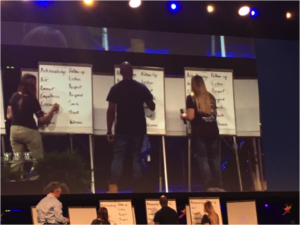 Rather than simply announce the final result, DaVita engaged teammates in an exciting interactive event. The unveiling included more than 2,000 teammates attending the Academy and thousands of others streaming in live from across the globe. Three teammates came on stage to engage this world-wide audience in guessing which six of the final 14 behaviors had been voted the winners.
Rather than simply announce the final result, DaVita engaged teammates in an exciting interactive event. The unveiling included more than 2,000 teammates attending the Academy and thousands of others streaming in live from across the globe. Three teammates came on stage to engage this world-wide audience in guessing which six of the final 14 behaviors had been voted the winners.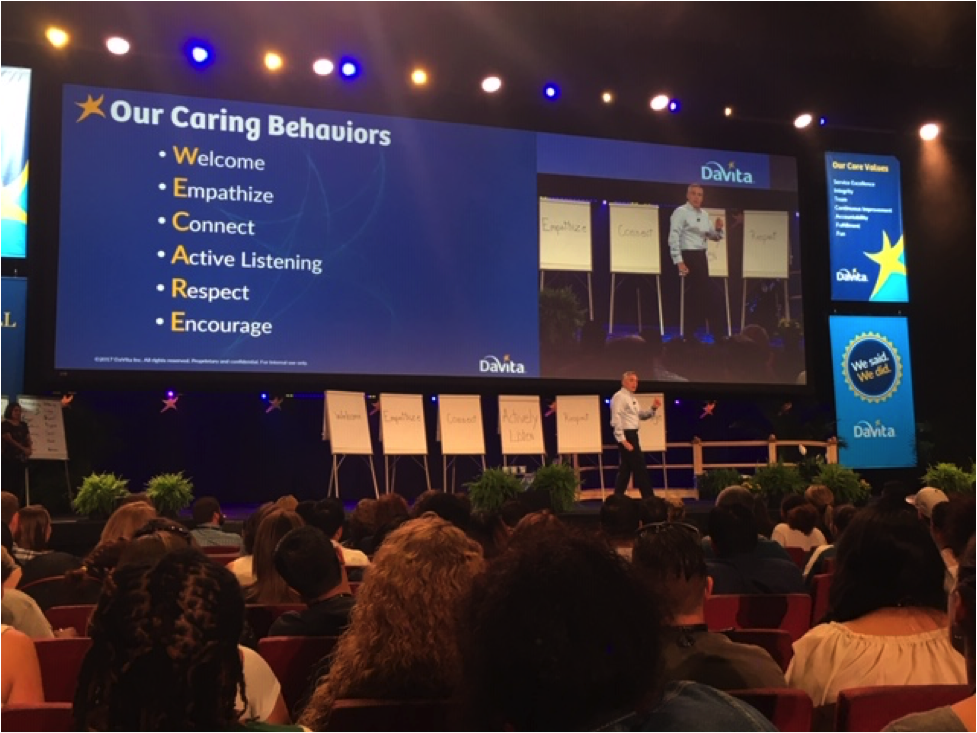 Continuing the Journey
Continuing the Journey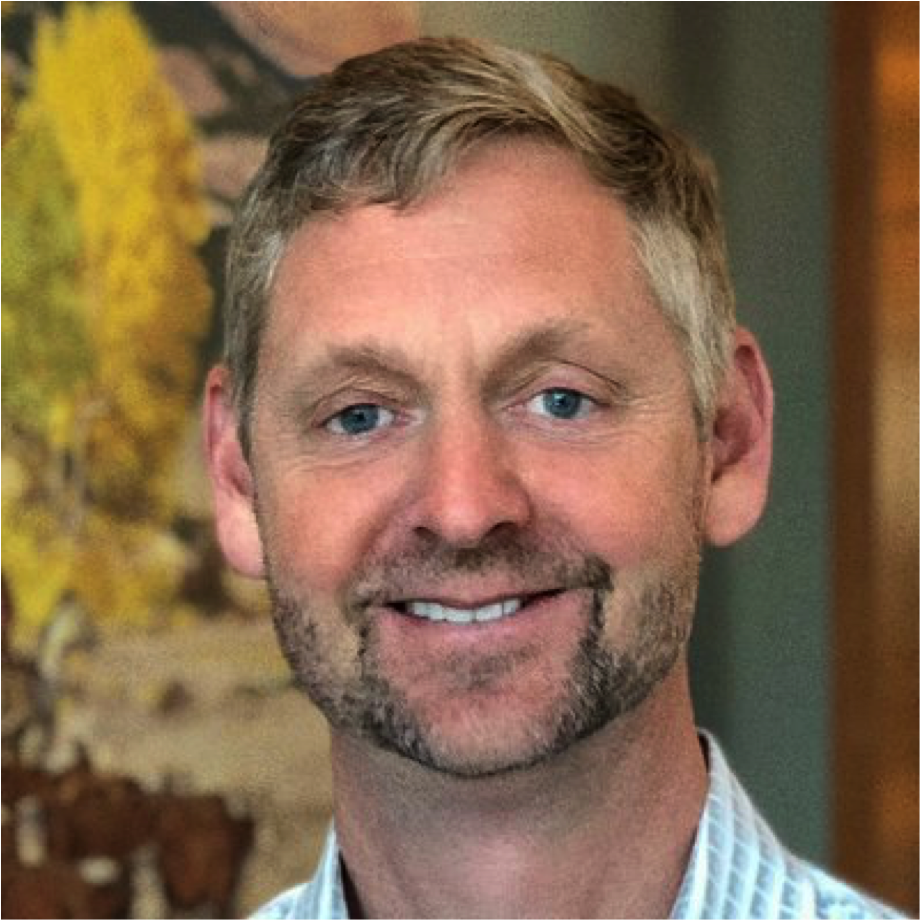 At DaVita, Modupe’s story has special resonance because it speaks to the core purpose of the company, which is to nurture the well-being of the community. This belief is so central that employees, who call themselves “teammates,” refer to their company as a village.
At DaVita, Modupe’s story has special resonance because it speaks to the core purpose of the company, which is to nurture the well-being of the community. This belief is so central that employees, who call themselves “teammates,” refer to their company as a village.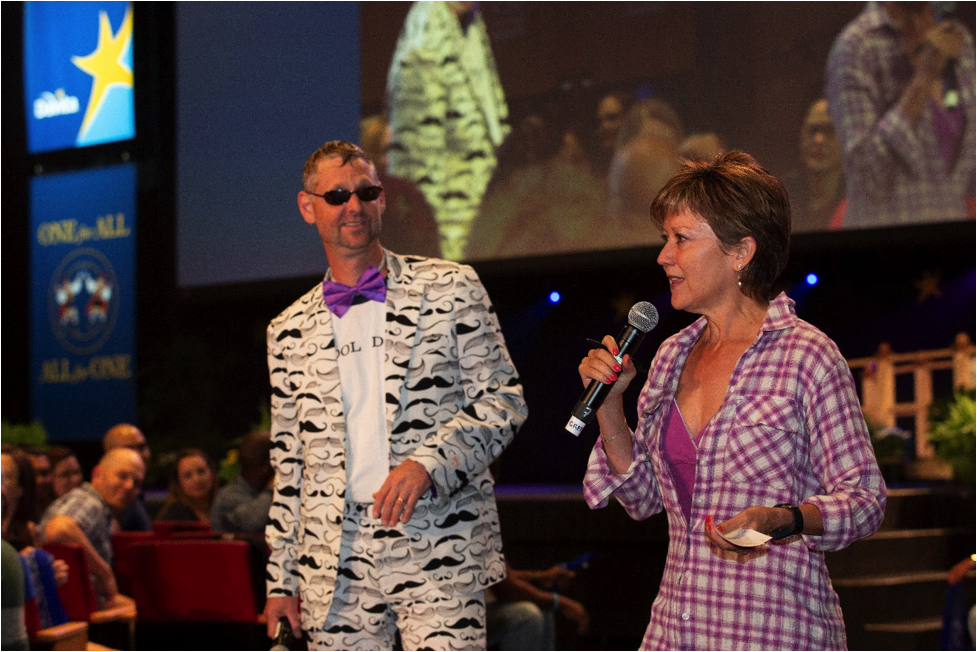

 Deposits in the Village Bank
Deposits in the Village Bank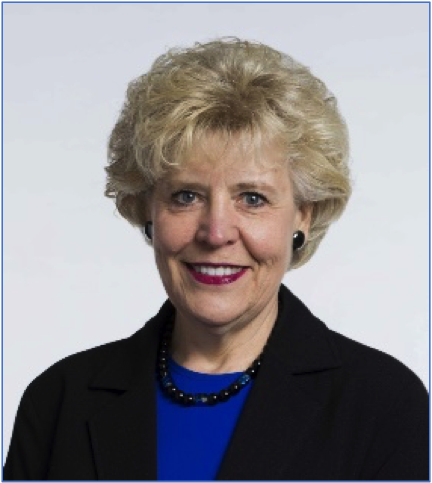 You Say You Want a Revolution
You Say You Want a Revolution
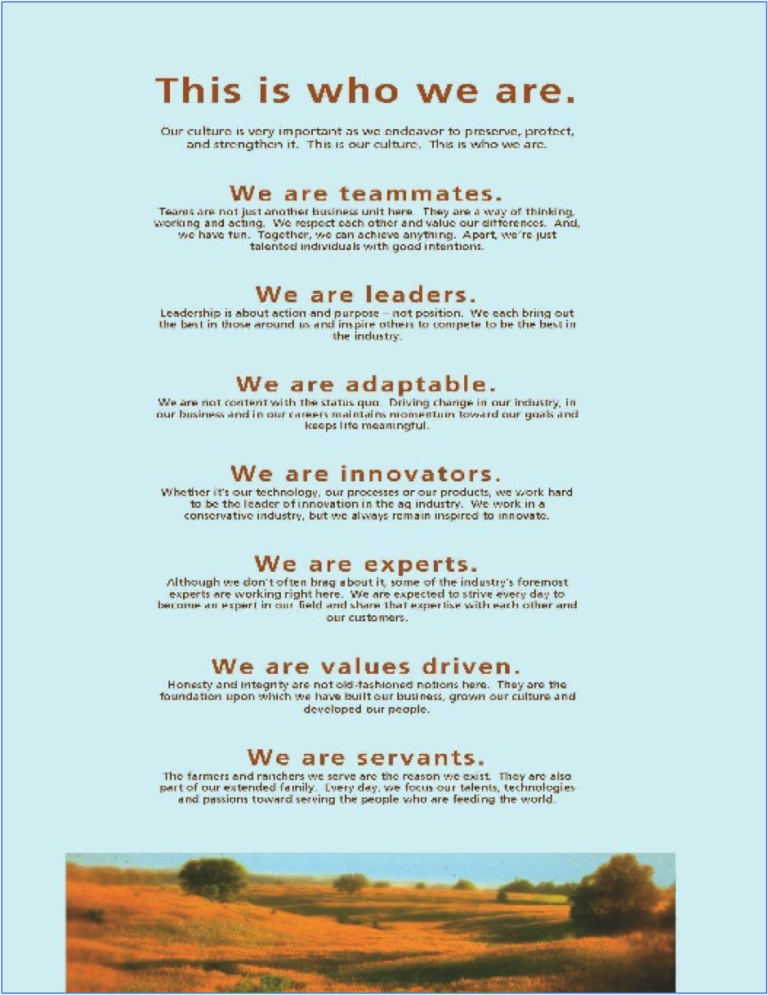 New team members receive what Finkner calls “culture in a box”—literally a box including items that represent aspects of FCSA’s culture. In addition, new hires attend executive-led sessions that explore FCSA values and programs, such as new employee orientation, well-being and leadership development.
New team members receive what Finkner calls “culture in a box”—literally a box including items that represent aspects of FCSA’s culture. In addition, new hires attend executive-led sessions that explore FCSA values and programs, such as new employee orientation, well-being and leadership development. The Institute for Career Advancement Needs (ICAN) has been building authentic, whole-life leaders for more than 35 years. SageRiver sat down with Julie Burrell Lillig, director of strategic partnerships at ICAN, to learn about ICAN’s unique philosophy and approach to supporting leaders at each stage of the development journey.
The Institute for Career Advancement Needs (ICAN) has been building authentic, whole-life leaders for more than 35 years. SageRiver sat down with Julie Burrell Lillig, director of strategic partnerships at ICAN, to learn about ICAN’s unique philosophy and approach to supporting leaders at each stage of the development journey.